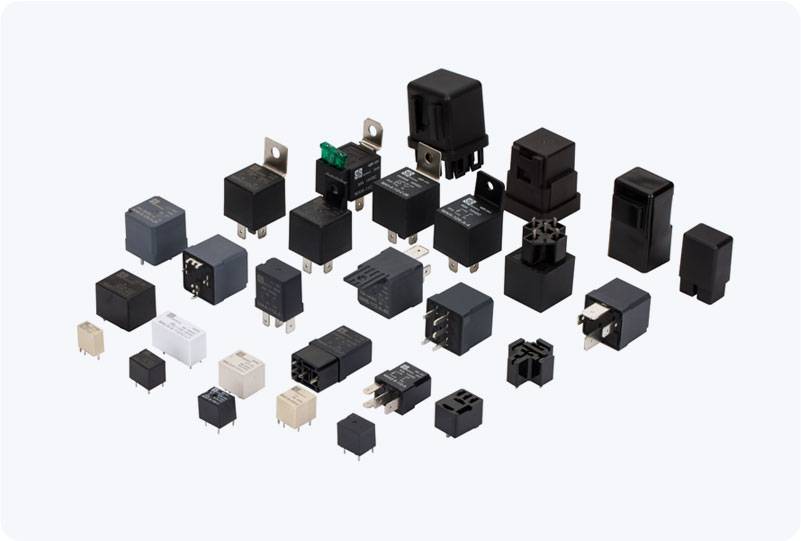hv insulation fault relay: a key component in high voltage systems
Release time:2025-05-04 00:36:44
High voltage (HV) systems, often integral to electrical grids, require precise and reliable protection mechanisms to ensure their smooth operation. One such vital component is the HV Insulation Fault Relay. This relay plays an essential role in safeguarding high-voltage equipment by detecting faults in the insulation, preventing potential damage to both equipment and personnel. In this article, we will explore the function, importance, and working principles of HV Insulation Fault Relays, highlighting their contribution to the safety and efficiency of electrical power systems.

Introduction to HV Insulation Fault Relay
HV Insulation Fault Relays are designed to monitor the integrity of insulation within high-voltage electrical systems, such as transformers, generators, and circuit breakers. These relays detect insulation breakdowns or degradation, which could lead to dangerous electrical faults or equipment failure. The relay's primary role is to detect insulation failures and quickly activate protective actions, such as disconnecting faulty sections, to minimize damage and downtime.
Importance of Insulation in High Voltage Systems
Insulation is a critical element in the design and operation of any electrical system, particularly in high-voltage networks. It serves as a barrier to prevent the unwanted flow of electrical current between conductors or from conductors to the earth. In HV systems, the insulation must withstand high electrical stresses without deteriorating over time. However, environmental factors like moisture, temperature fluctuations, and mechanical stresses can gradually cause insulation to break down, leading to faults.


